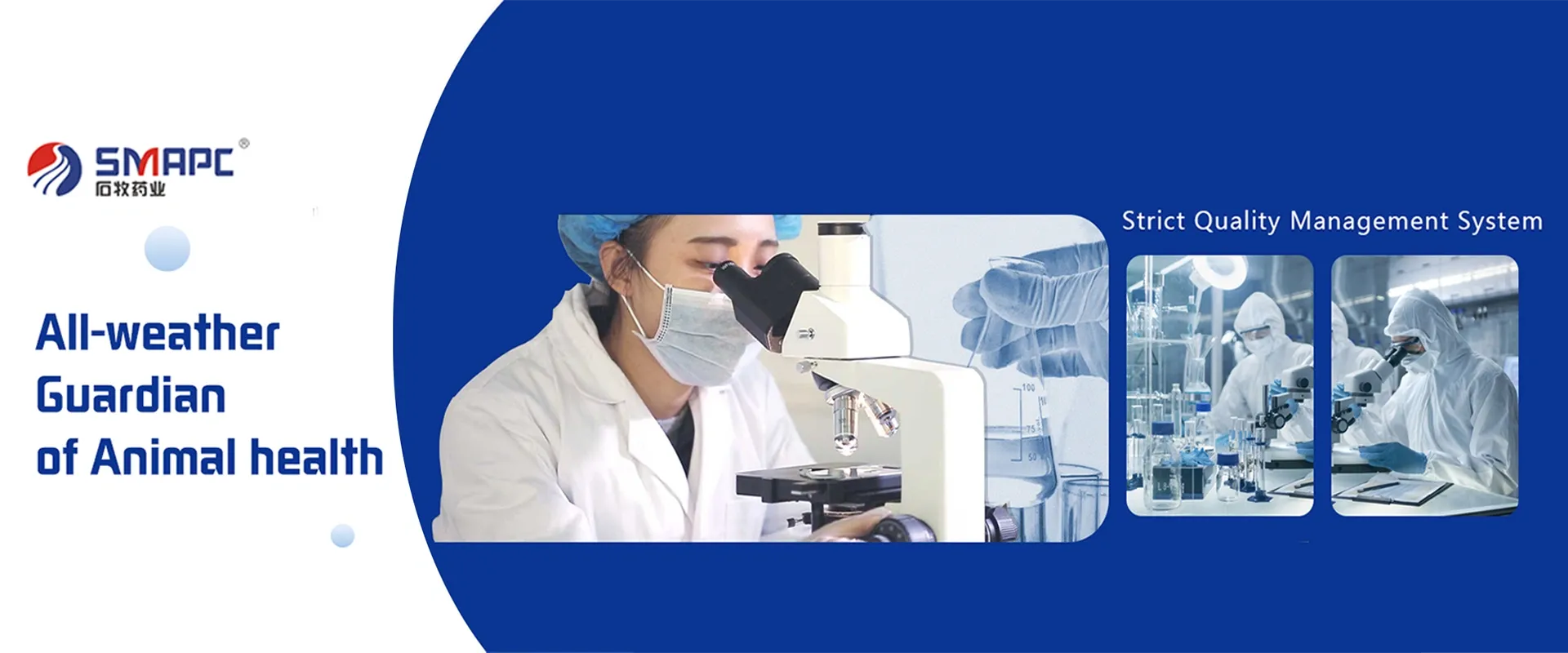1. Supports Growth and Development Puppies grow at an astonishing rate, and their bodies require various nutrients to support proper bone, muscle, and organ development. Multivitamins can provide essential vitamins such as Vitamin D for calcium absorption, Vitamin A for eye health, and B vitamins for energy metabolism, ensuring that your puppy grows up healthy and strong.





